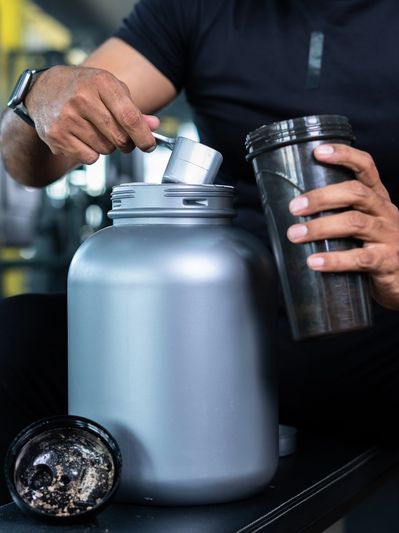🔹1. Formulation Development
- Identify active ingredients
- Choose excipients
- Test for solubility, flowability, and stability.
🔹 2. Raw Material Procurement & Testing
- Source pharma- or food-grade raw materials.
- Perform quality tests (identity, purity, microbial limits).
- Store in controlled environments (humidity, temperature).
🔹 3. Weighing & Pre-blending
- Precisely weigh ingredients according to the batch sheet.
- Pre-blend minor components (like flavors, actives) to ensure even distribution.
🔹 4. Blending
- Use a powder blender ( V-blender).
- Mix until homogeneity is achieved (confirmed by sampling & testing).
🔹 5. Granulation or Milling
- Dry granulation: to improve flow and compressibility.
- Milling: reduce particle size for better solubility or mouthfeel.
🔹 6. Quality Control Testing
- Physical tests: particle size, flow rate, moisture content.
- Chemical tests: assay of actives, pH, contaminants.
- Microbial tests: total count, yeast/mold, pathogens.
🔹 7. Filling & Packaging
- At Solaris we use auger-type powder filling machines for jars or pouches.
- Fill based on weight or volume.
- Induction seal, cap, and label.
🔹 8. Final Testing & Release
- Randomly sample final product batches.
- Confirm label claims and compliance with regulations (NFSA.).
🔹 9. Storage
- Store in cool, dry, humidity-controlled conditions.
